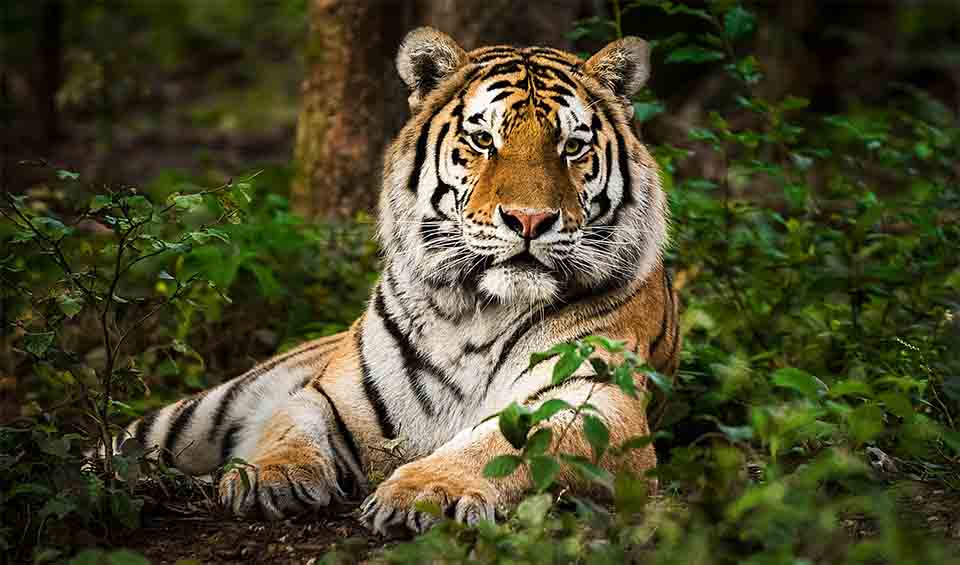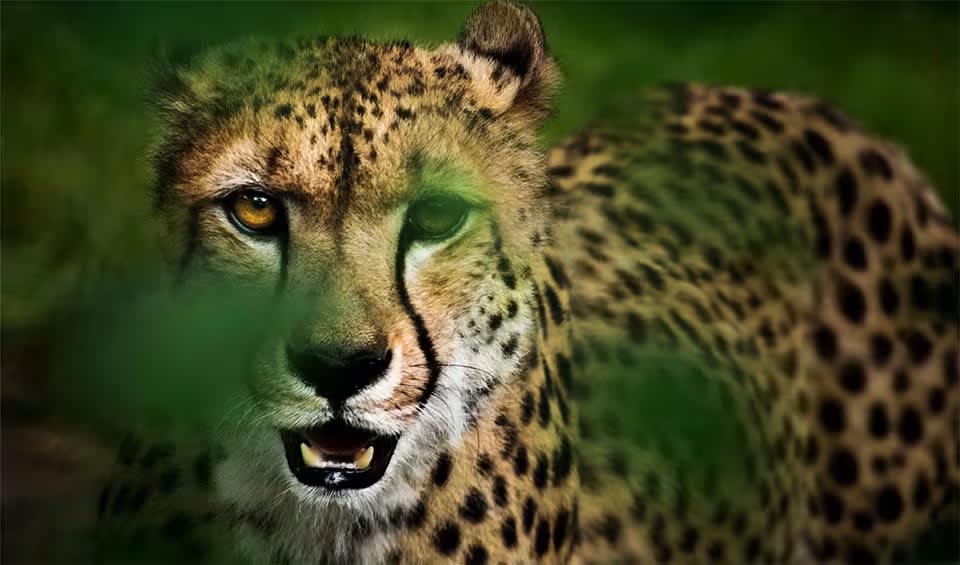Also known as the Cape griffon, it is one of the most impressive and important birds of prey found in southern Africa. With its pale cream-colored body, dark flight feathers, and bald, bluish-gray head and neck, the Cape vulture is easy to spot when soaring high above the landscape. Their sharp eyesight lets them scan vast areas of open grasslands, savannas, and mountains where they live and hunt. Cape vultures are found mainly in South Africa, Lesotho, Botswana, and a few other neighboring countries, and they tend to roost and nest on cliffs or rocky outcrops for safety.
The Cape vulture’s role as nature’s clean-up crew is particularly special. Like other vultures, it feeds almost entirely on carrion, helping to recycle dead animals and keep ecosystems healthy by preventing the spread of disease. Their powerful beaks are perfect for tearing through tough hides and accessing nutritious meat. While they are social birds, often gathering in large flocks at carcasses, they are also quite shy around humans and prefer undisturbed areas for nesting. Cape vultures are excellent flyers and can travel vast distances daily to find food, sometimes soaring hundreds of kilometers before returning to their nesting sites.
A fun fact about the Cape vulture is that they have an incredibly efficient digestive system, allowing them to safely consume meat that would make most animals sick. Their stomach acid is so strong it destroys dangerous bacteria like anthrax and botulism, making them crucial players in keeping their environments disease-free. Another interesting trait is their bald head and neck, which may look odd but actually serves a purpose—it helps keep them clean when they’re feeding inside carcasses. Feathers trap bacteria and dirt, but their bare skin allows for easier hygiene and sun exposure, which helps kill off germs.
Distribution
 Angola
Angola Botswana
Botswana DR Congo (Kinshasa)
DR Congo (Kinshasa) Eswatini
Eswatini Lesotho
Lesotho Mozambique
Mozambique Namibia
Namibia South Africa
South Africa Zambia
Zambia Zimbabwe
ZimbabweAnything we've missed?
Help us improve this page by suggesting edits. Glory never dies!
Suggest an editGet to know me
Terrestrial / Aquatic
Altricial / Precocial
Polygamous / Monogamous
Dimorphic (size) / Monomorphic
Active: Diurnal / Nocturnal
Social behavior: Solitary / Pack / Herd
Diet: Carnivore / Herbivore / Omnivore / Piscivorous / Insectivore
Migratory: Yes / No
Domesticated: Yes / No
Dangerous: Yes / No




